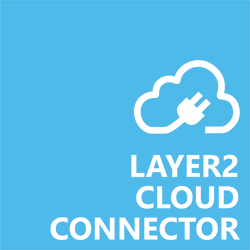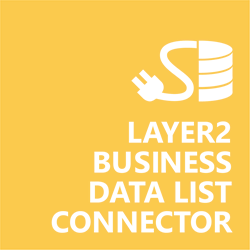One tool for data and document migration, file backup, and permanent data sync. Use the tool to connect your local apps with the cloud, local to local, or cloud to cloud.
Layer2 Cloud Connector - The Swiss Army Knife of Data integration
The Layer2 Cloud Connector can integrate data and sync between 150+ corporate data sources without programming. It is used to connect services and apps on-premises or cloud-based, such as Microsoft Office 365, SharePoint, Dynamics, Azure, SQL/ERP/CRM, and more for migration, backup, or permanent two-way synchronization.
Layer2 business data list connector - expert in SharePoint on-prem data integration
The Layer2 Business Data List Connector for SharePoint solves many issues that still exist with Microsoft SharePoint data integration. It connects SharePoint on-premises lists to 100+ external data sources without any programming to keep the data in sync. All the great SharePoint features are supported for connected lists.



